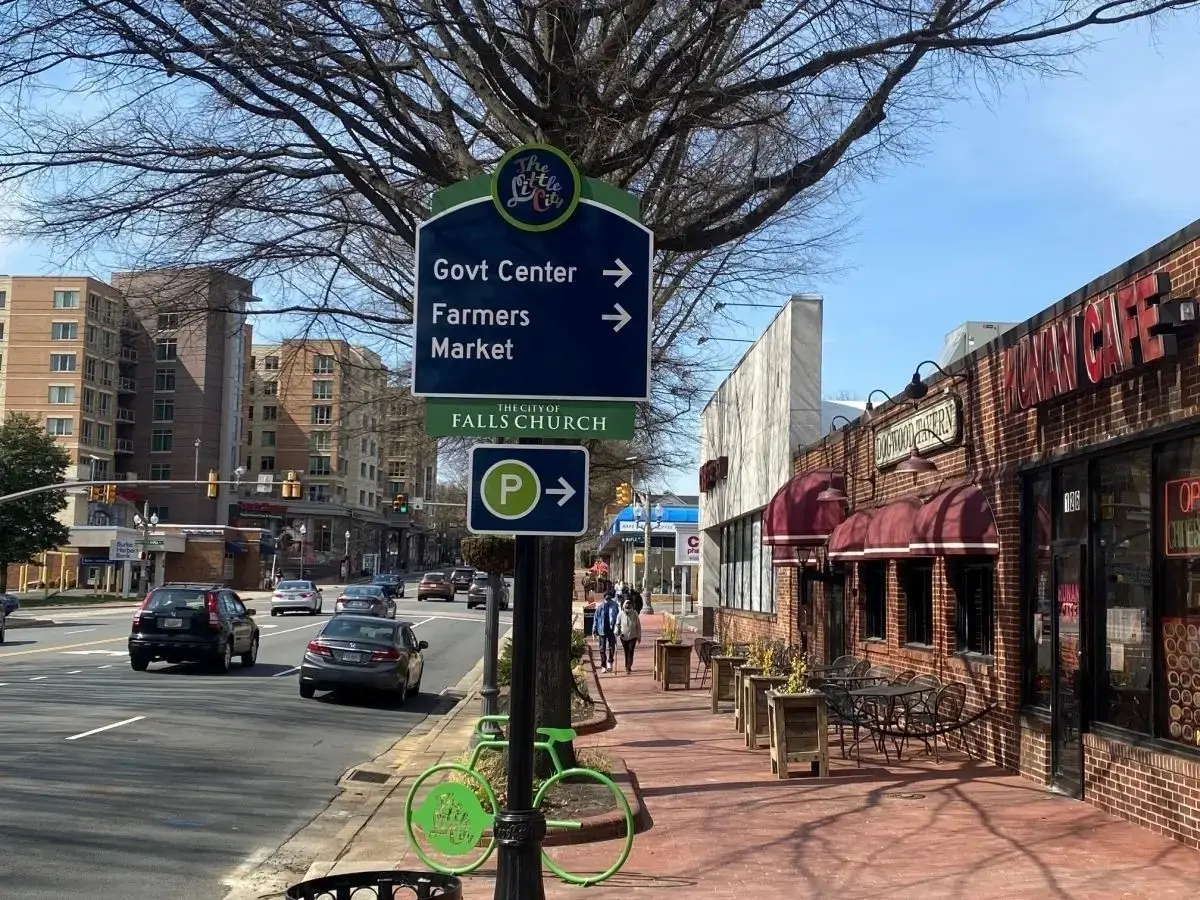Mastering Chimney Inspection Levels in Falls Church, VA: A Comprehensive Guide
If you own a property in Falls Church, Virginia, you might have a chimney that needs regular inspection and maintenance. This is where understanding the varying levels of chimney inspection becomes critical. Chimney inspection is not a mere luxury; it’s a necessity that safeguards your property and lives against potential hazards. This comprehensive guide aims to help you master the different chimney inspection levels and understand the importance of each one, with the help of ‘A&T Chimney Sweeps fireplace, furnace, dryer vent, gutter cleaning and repair services in Falls Church VA’.
Understanding Chimney Inspection Levels
The National Fire Protection Association (NFPA) has defined three levels of chimney inspection, each with its unique significance and methods.
1. Level 1 Inspection – Basic Evaluation
A level 1 inspection is the most basic form of chimney inspection. It’s ideal for chimneys that are regularly maintained and have not undergone any significant changes recently.
During a level 1 inspection, the chimney sweep will examine the readily accessible parts of your chimney, both inside and outside. They will check for any structural damage, obstructions, or accumulation of combustible deposits.
2. Level 2 Inspection – In-Depth Evaluation
A level 2 inspection is more in-depth than a level 1 inspection. It’s required when there are changes to the system, such as a change in the fuel type, changes to the flue, or if there was a malfunction or external event that could have caused damage. Also, a level 2 inspection is mandatory during property transfers.
During a level 2 inspection, the chimney sweep will examine the accessible areas of the chimney, attics, crawl spaces, and basements. A video inspection may be performed to get a better view of the internal surfaces and joints within the chimney.
3. Level 3 Inspection – Detailed Evaluation
Level 3 inspections are the most comprehensive and are usually performed after a level 1 or 2 inspection indicates a potential hidden hazard. This type of inspection may require the removal of certain parts of the building or chimney structure.
The aim is to uncover concealed hazards that could not be identified in the other two inspection levels. A level 3 inspection is not common and is only required when serious hazards are suspected.
The Importance of Regular Chimney Inspections
Regular chimney inspections are crucial in maintaining a safe and efficient fireplace. They help detect problems early, preventing costly repairs down the line. More importantly, they can prevent devastating chimney fires that can endanger lives and property.
The frequency of inspections depends on the usage of your chimney. The NFPA recommends annual inspections as a minimum for all chimneys, fireplaces, and vents, regardless of their usage level.
Mastering Chimney Inspection with A&T Chimney Sweeps
When it comes to professional chimney inspection and maintenance, A&T Chimney Sweeps fireplace, furnace, dryer vent, gutter cleaning and repair services in Falls Church VA, provide top-notch services. With a team of certified and experienced chimney sweeps, A&T is fully equipped to carry out all levels of chimney inspections, ensuring your chimney is in the best working condition.
FAQs
1. Why is chimney inspection necessary?
Regular chimney inspections can help detect potential hazards and prevent expensive repairs. They can also prevent dangerous chimney fires.
2. How often should my chimney be inspected?
The NFPA recommends that chimneys, fireplaces, and vents should be inspected at least once a year.
3. What’s the difference between level 1 and level 2 inspections?
A level 1 inspection is a basic evaluation of the readily accessible parts of the chimney. A level 2 inspection is more in-depth, involving the examination of accessible areas of the chimney, attics, crawl spaces, and basements.
4. When is a level 3 inspection necessary?
A level 3 inspection is necessary when a level 1 or 2 inspection indicates a potential hidden hazard. It may involve the removal of certain parts of the building or chimney structure.
5. Who can perform chimney inspections?
Certified and experienced chimney sweeps, like the team at A&T Chimney Sweeps, can perform all levels of chimney inspections.
In conclusion, a regular chimney inspection is crucial for maintaining the safety and efficiency of your home. Understanding the different levels of chimney inspection can help you determine the needed services, thereby safeguarding your property and lives.








